Making 'Dogplant'
- flashfilms8
- Aug 10
- 7 min read
Updated: Oct 1
'Dogplant,' the funny word that became an online moniker that I've used for years as my anonymous user name, was in fact the title of a short film that I made for Channel 4 TV's award-winning Four Minutes series in 1988.
Dogplant only lasts four minutes, or 3:40-something not including credits, so I'm not going to summarize the plot. But I always imagined it as a fractured fairytale, with the poster tagline: 'Man's best friend doesn't grow on trees.'

Richard Hope, who played my frazzled 'dogplant' owner Owen, was a wonder. He is still very active on stage and screen, he played Harris Pescoe in BBC TV's Poldark, he was the lead in The Woman in Black in the West End, and we are still friends. Ruth Hudson, who played Owen’s lovely and business-minded squash partner Andrea, later appeared in TV comedies and dramas including Bernard's Watch and The Bill. I believe she is now a teacher. Georgina Hale, who passed away earlier this year, was a major casting coup when she agreed to play my unnamed botanical scientist. It helped that she was my cousin, but she was also a queen of British cinema and brought immense charisma to her brief role.
Four Minutes
The short first aired sometime in the Spring of 1989 as part of Picture Palace Production’s Four Minutes, Season Two. It was one of 21 microbursts of creativity, from a diverse handful of up-and-coming filmmakers, slotted in before late night movie fare. A few months before it aired, I had left the U.K. to work in the U.S., and so I never saw it broadcast; nor did I have the chance to capitalize on the film’s debut.
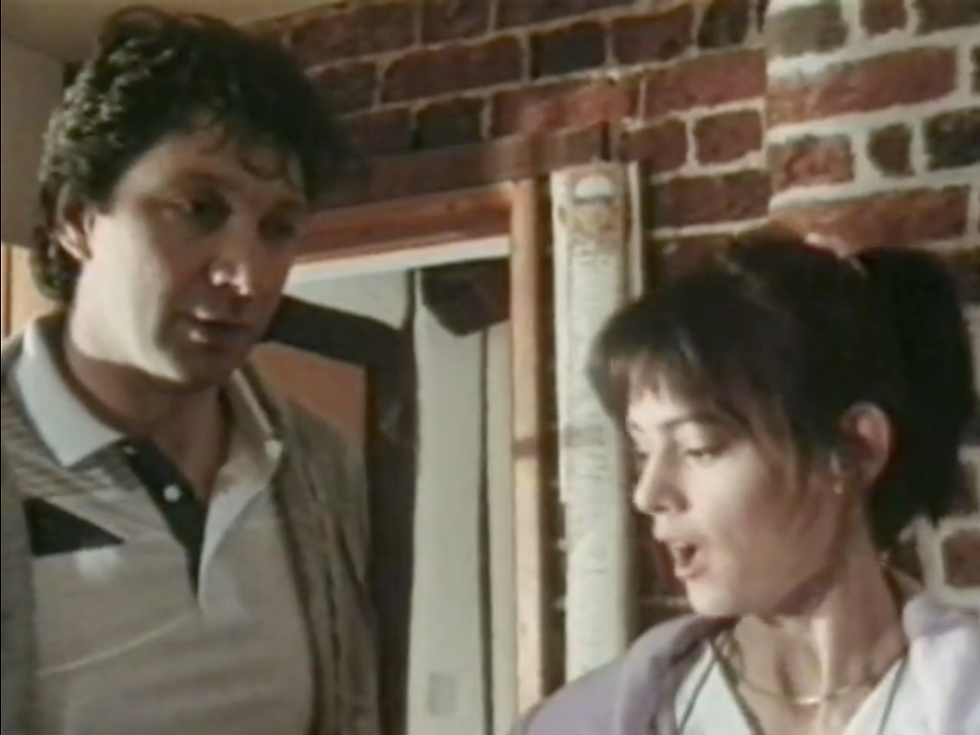
But I was proud of Dogplant, and remain fond of this peculiar little film. According to friends, it has surfaced from time to time on late night British television, and my parents sent me a clipping from their newspaper of it in the TV listings of February 5, 1990.
Before I left for America, the producers kindly provided me with an NTSC VHS. That remains my only copy of the film. It was shot on 16mm negative, and in my contract negotiations I asked if I could purchase a 16mm print. However, after cutting on film with Picture Palace’s in-house editor Xavier Russell, they finished it off-line, likely from a 570-pixel telecine scan to one-inch tape. For years, Dogplant appeared to have vanished from all archives. At least, my phone calls and searches bore no fruit.
Germination
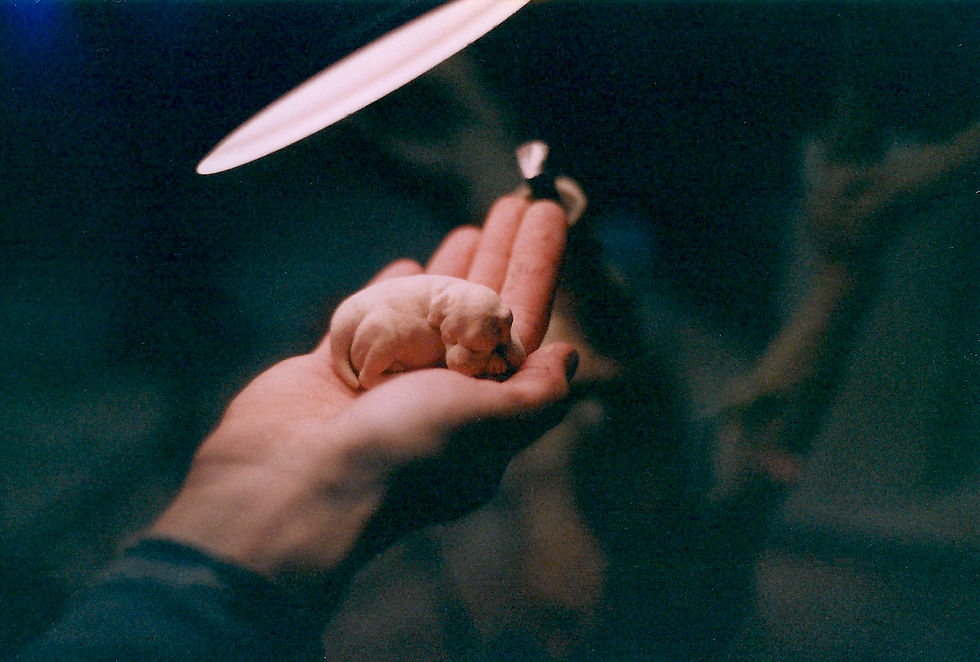
I cooked up Dogplant at the behest of Susan Richards, a producer who I had befriended after making my previous 16mm short, Board Game. I’d seen some of the Four Minutes shorts made for their first season and I was initially not convinced that I was a good fit, as many of the other shorts were esoteric mood pieces, with not a lot of plot. I was hungry to do a longer narrative piece, with more complexity and characters that talked. So, I knuckled down, flipped through my notebooks, picked a dozen ideas that I felt might work in an abbreviated format, and then –– my masterstroke! –– I limited myself to four favorites. I wrote them in one week and July 13, 1987, submitted four four-minute scripts.
A few weeks later, Picture Palace producer Tim O’Mara called. They liked all my scripts, but most especially Dogplant. They assumed I wanted to direct –– of course! –– and they wanted to know if I could pull it off, wrangling actors, animals and weird plants on a tight schedule on location. It was one setting, but many scenes, with day and night interiors and exteriors. I said ‘yes’ again, and then I called Nigel to ask if he could do me a huge favor...
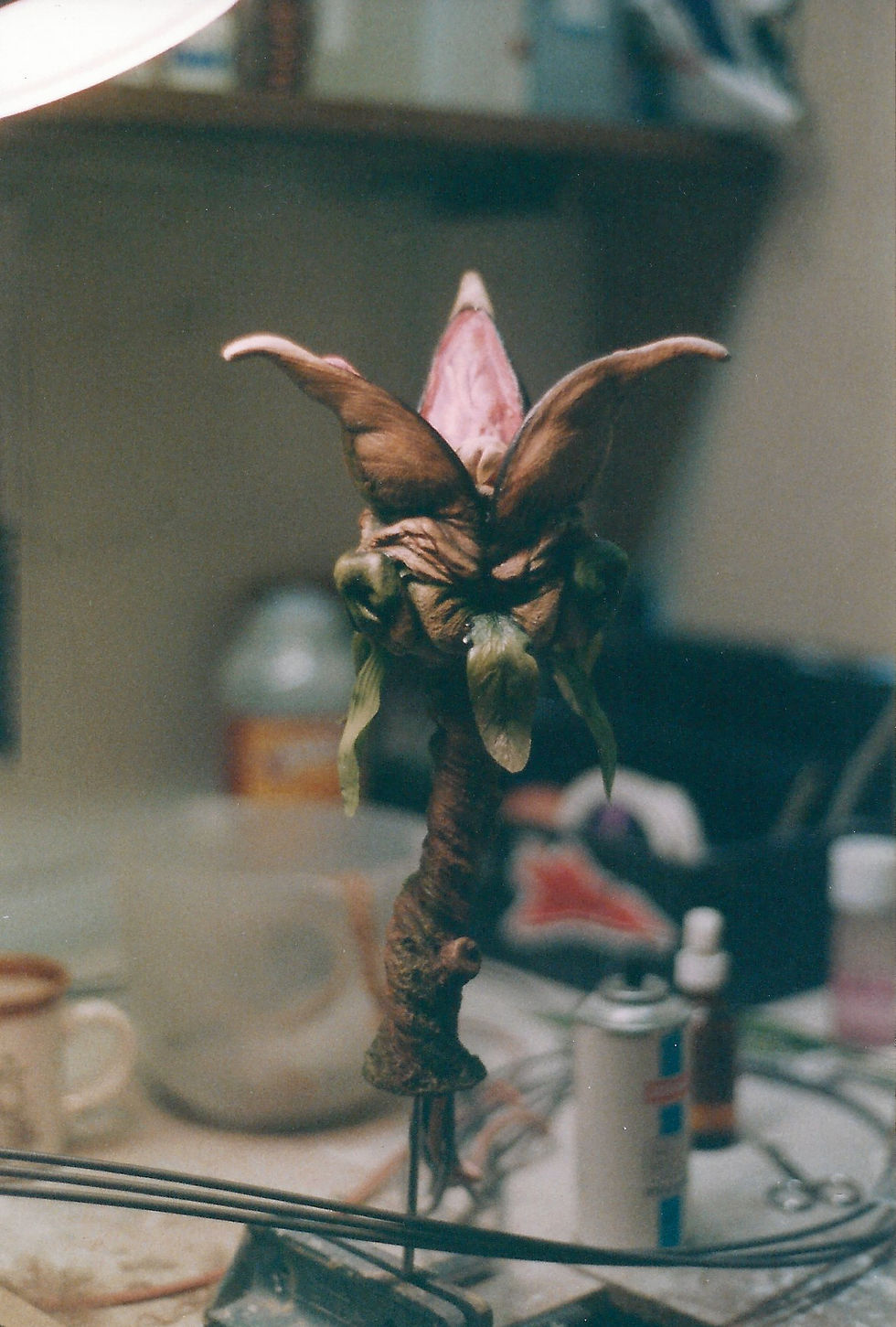
Dogplant would not have happened without Mr. Booth, who created my dogplant as one of our many collaborations that began in our Super 8 days. I don’t have much of a record of what we went through, apart from one unprocessed roll of photos that I discovered years later. But I do recall proposing to Picture Palace that they meet Nigel’s £1,000 costs. He had finite requirements to create the plant: clay and plaster, resins and foam latex, not to mention Nigel’s considerable artistic, design and technical talents.
At the time, Nigel had just completed Jim Cameron’s Aliens and was working at Jim Henson’s Creature Shop in London on Jim and Anthony Minghella’s fairytale TV show, Jim Henson's Storyteller. Nigel sculpted and built the dogplant and its podlings in his home studio, in Essex, but he cannily had Henson’s run the foam in their Oval Road ovens. The weekend before shooting, February 1988, I saw the plant in its near-completed state. We filmed on Feb. 15 and 16, and returned for one afternoon of pickups on the plant March 14.
'Drink Me'
The trickiest part of the film was the 'Martini shot' –– Hollywood parlance for the last shot of the production –– fufilling my script's requirement for my canine star to urinate on cue. The producers left that up to me. I knew it was crucial to the plot, so after I wrote the story, and they asked me to direct, I started calling dog trainers to work out how to do it.
I learned it had to be a male dog for the visual recognition of the hind leg raised. A trainer also shared with me a secret gleaned from nightmare days on a commercial shoot when a dog refused to pee on cue. But there is a way to do it, if you understand dog behavior.
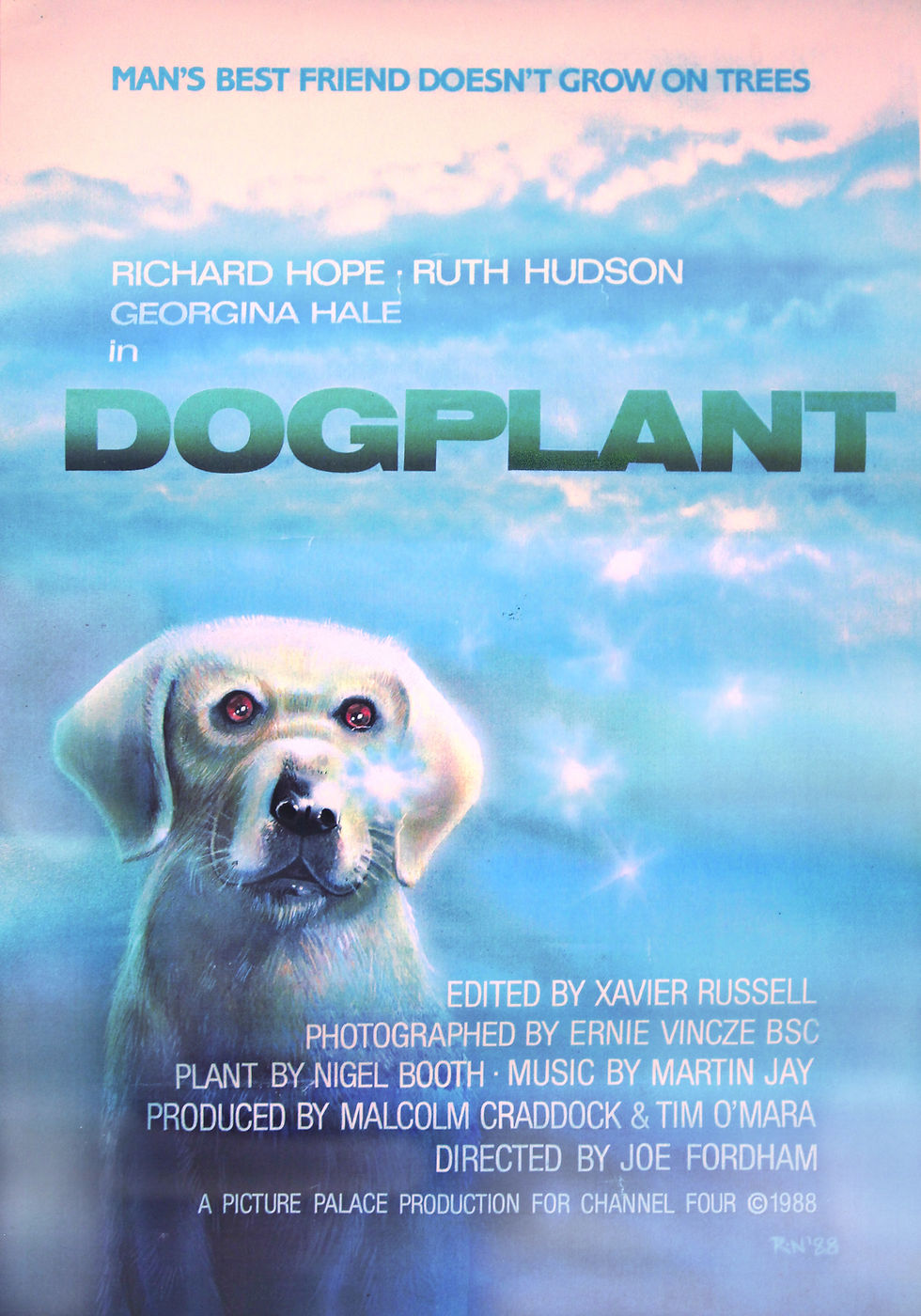
First, you need a house-trained dog. Provide a lot of water, but deny walks or trips outside. Then let your canine loose, pointing it to where you want it to go. That can be tricky, but here's the secret: a dog will pee if they smell the urine of a dog of the opposite sex. Thus, my next task: where was I going to find fresh female dog urine for the shoot?
Luckily, my parents had an elderly female beagle, Jaime. We gave her lots of water, and every time Jamie went outside, one of us got a little aluminum tray, leftover from a Chinese takeaway, and got ready to insert as needed. Mum scored the treasure. Poor Jamie was confused, but I ended up with a whole jam-jar full of her urine. As a joke, I stuck a label on it, ‘Drink Me.’ That’s what I took to set.
We saved the pee-shot for our last night on location. We cleared the set and everyone waited in the house looking out the windows. Nigel set up his dogplant and Ernie Vincze the cameraman set up his lights for a ‘Hollywood moonlight’ ambience to backlight the plant. I poured the jam-jar contents onto the rubber plant. I used most of it because I knew it was a one-shot deal. The dog trainer brought in our poor old dog and held him off-camera. Her assistant, who knew the dog, waited out of shot on the other side of the plant.
Once Ernie got the camera rolling, I softly called ‘action.’ The trainer released the old dog. The second trainer called out, just enough so our old fellow walked toward the plant. We all held our breaths. Like magic, the dog stopped to smell the rancid, pee-soaked dogplant. He cocked his leg and peed like a racehorse! It went on for what seemed like minutes. After he was done, I called 'cut' and everybody cheered. We quickly reset and, amazingly, got a second take. I think we used Take One.
It was a great Martini Shot.
Meeting Ken Russell
One of my biggest thrills occured during editing. In the basement studio at Picture Palace, film editor Xavier Russell put together all the series' episodes. I tried to play it cool, but I was geeking out to work with Xavier, as he was the super-talented son of filmmaker Ken Russell. Xavier had recently edited his father's brilliant TV special on Gustav Holst's The Planets, which I had loved, and he immediately recognized Georgina Hale as my Professor, who had acted in many of his father's films. Xavier was smart and funny, he wrote reviews for Kerrang! heavy metal magazine, and we enjoyed jolly lunches at a local Soho pub.
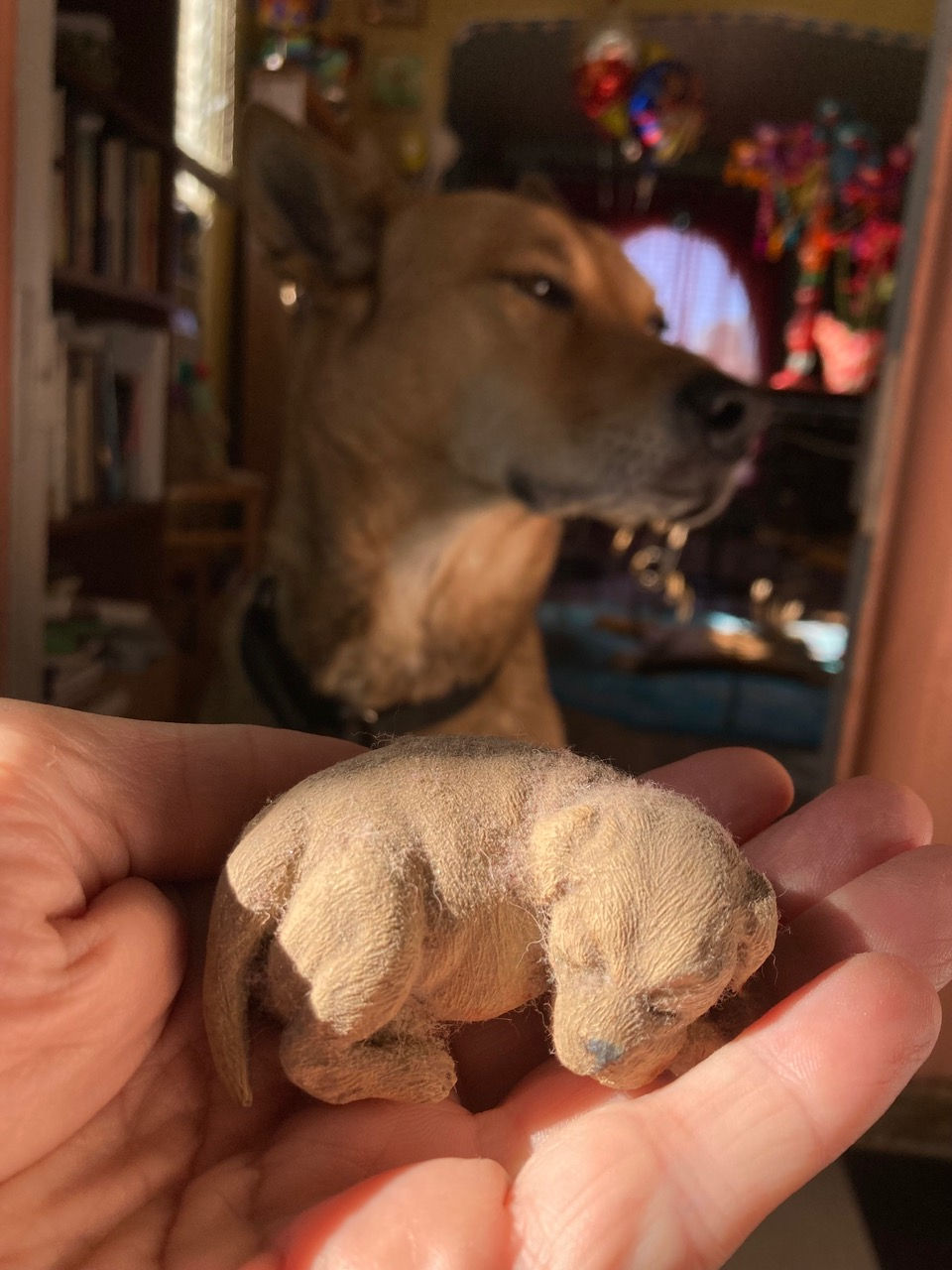
One day, Xav shyly mentioned he would not be able to join me for lunch. A little later, his dad stepped into the cutting room. I was starstruck. Ken was wearing an extravagant fur coat and was super charming. Xav said, "Look at this, Dad." Ken peered at what we were doing and pronounced it, "Shocking." He was reacting to something created for this film by my creature effects maestro Nigel (the reveal of the pod opening). I wanted to make Nigel a T-shirt: "I shocked Ken Russell!" Poor Nigel went uncredited on screen, due to the film’s brief running time, so I later named the dog after him while we were recording actor pickups.
A few weeks later, April 21, Xavier submitted my director’s cut. In May, Channel 4 approved the locked picture, and we completed our final audio looping and sound mix on June 7 –– I have only sketchy memories and scribbles in my diary verifying those dates.
For years, Nigel stored the dogplant in his basement studio in North London. I declined to bring that home with me to California as it still stank of dog pee. But a painted acrylic version of our little podpup still resides atop my tower of John Williams CDs.
More recently, I was also thrilled to learn that the British Film Institute somehow came into possession of Dogplant's original 16mm negative and offline edit masters. This means that a better copy of the film exists in the BFI National Archive in the U.K., which should be a vast improvement over than the grainy VHS dub that I uploaded to Vimeo years ago. Those elements will now likely outlive me.
Go, Dogplant!








Comments